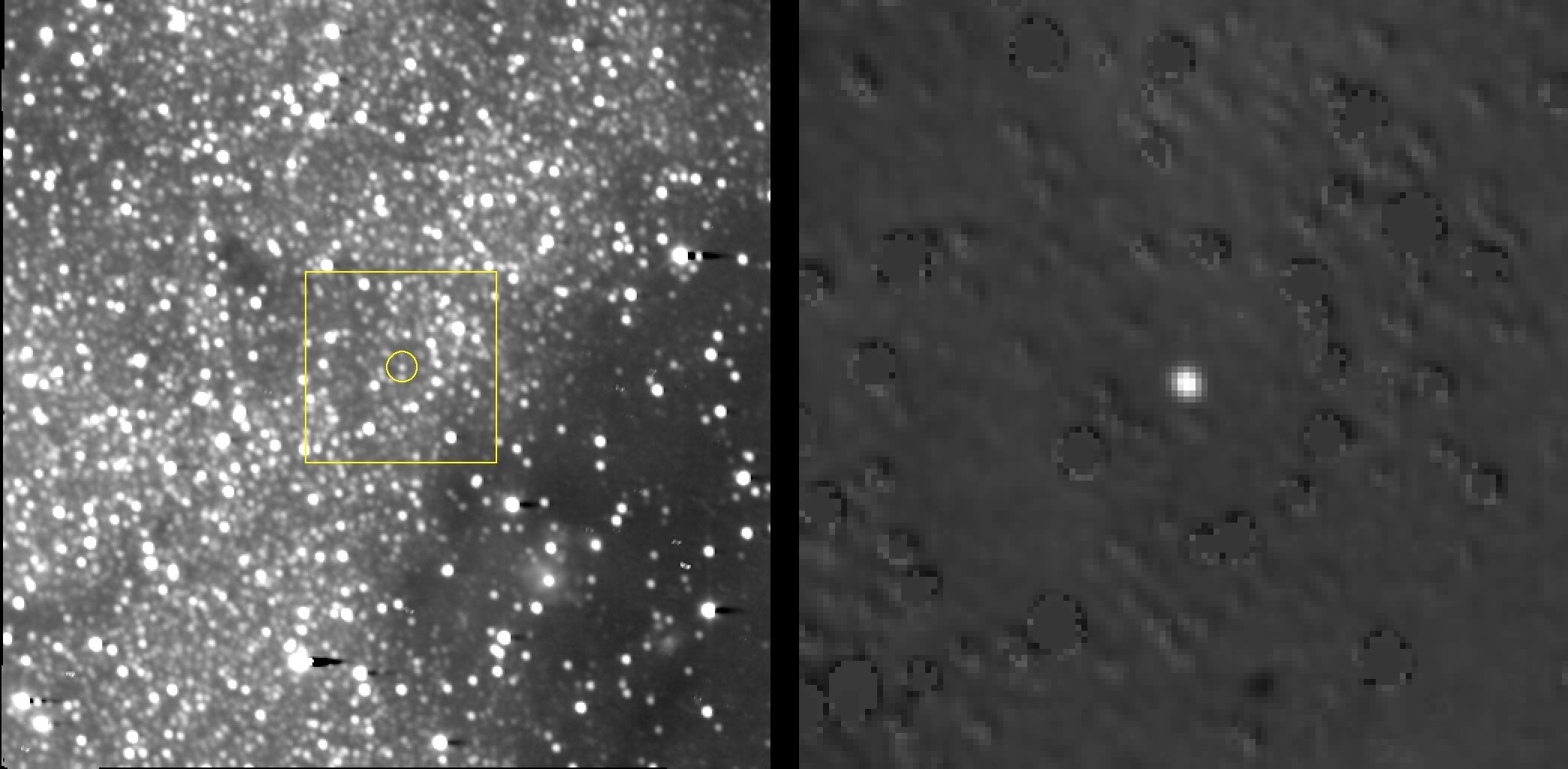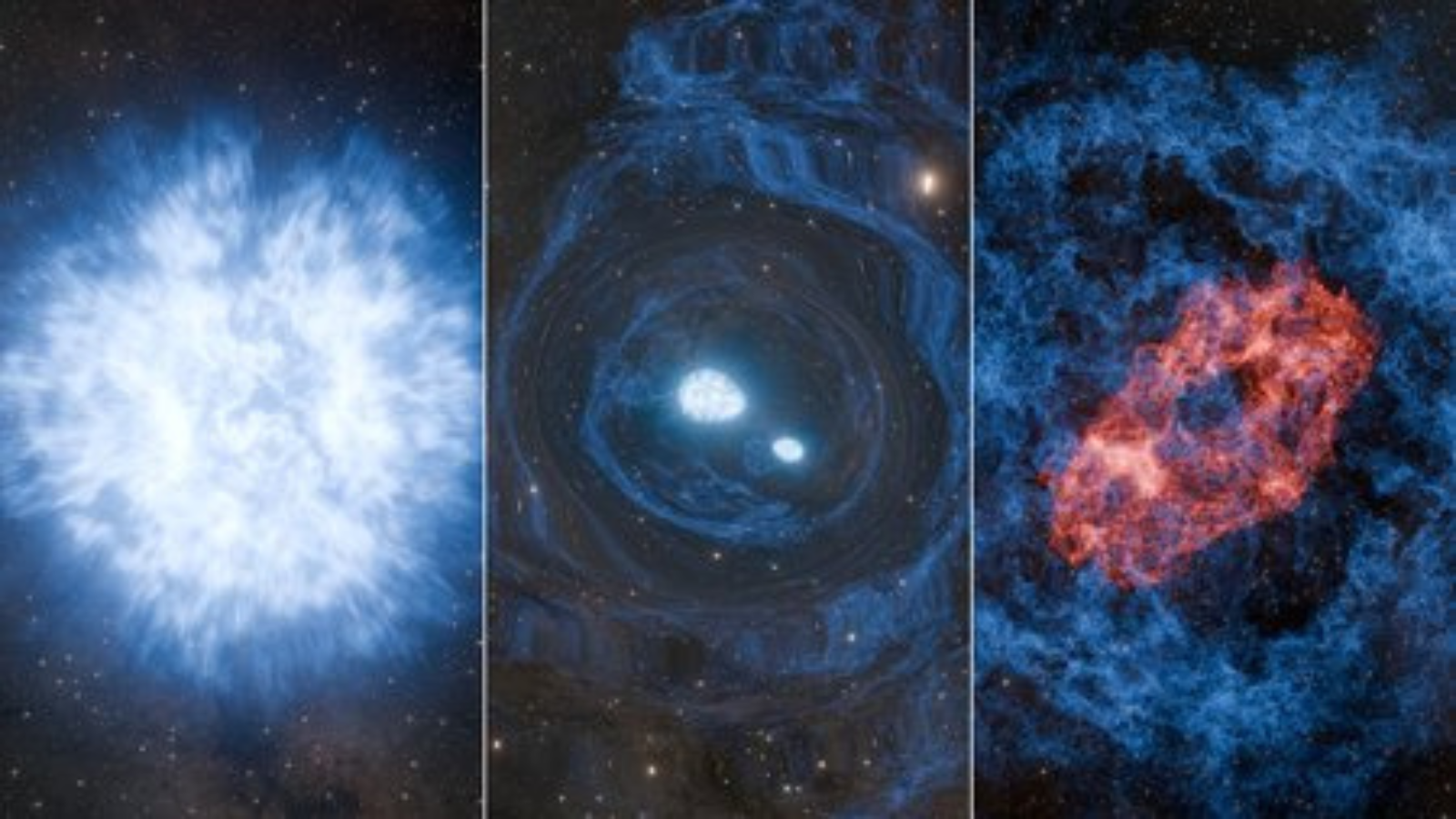Ultima Thule Shines a Puzzling Light As New Horizons Spacecraft Approaches

There's something weird going on with Ultima Thule, the distant object that NASA's New Horizons spacecraft will fly by just 10 days from now.
New Horizons team members don't think the 23-mile-wide (37 kilometers) Ultima is spherical; rather, the available data suggest that it's elongated or is perhaps even composed of two close-orbiting bodies. So, mission scientists were expecting to see a substantial "light curve" from Ultima: significant changes in brightness corresponding to different orientations of the object as it rotates.
But that's not what New Horizons observations in the lead-up to the epic New Year's Day encounter have shown. Instead, Ultima's brightness is relatively constant, like that of a spherical body. [NASA's New Horizons Mission in Pictures]
"It's really a puzzle," New Horizons principal investigator Alan Stern, of the Southwest Research Institute in Boulder, Colorado, said in a statement yesterday (Dec. 20). "I call this Ultima's first puzzle — why does it have such a tiny light curve that we can't even detect it? I expect the detailed flyby images coming soon to give us many more mysteries, but I did not expect this, and so soon."
Team members have come up with several possible explanations. For example, maybe Ultima's pole of rotation just happens to be pointed directly at New Horizons, minimizing the brightness variations seen by the spacecraft.
It's also possible that Ultima, which lies more than 4 billion miles (6.4 billion km) from the sun, is surrounded by a light-blocking cloud of dust, like the coma around a comet's nucleus. But an energy source would be required to generate such a feature, and it's unclear what that source would be. (The sun couldn't do the trick way out in Ultima's cold, dark environs, mission team members said.)
"An even more bizarre scenario is one in which Ultima is surrounded by many tiny, tumbling moons," Anne Verbiscer, a New Horizons assistant project scientist at the University of Virginia, said in the same statement. "If each moon has its own light curve, then together, they could create a jumbled superposition of light curves that make it look to New Horizons like Ultima has a small light curve."
Breaking space news, the latest updates on rocket launches, skywatching events and more!
If this is what's going on, it would be unprecedented. No solar system body is known to have such a satellite setup, Verbiscer said.
"It's hard to say which of these ideas is right," Stern said. "Perhaps it's even something we haven't even thought of. In any case, we'll get to the bottom of this puzzle soon — New Horizons will swoop over Ultima and take high-resolution images on Dec. 31 and Jan. 1, and the first of those images will be available on Earth just a day later. When we see those high-resolution images, we'll know the answer to Ultima's vexing, first puzzle. Stay tuned!"
The flyby will peak at 12:33 a.m. EST (0533 GMT) on Jan. 1, when New Horizons zooms within a mere 2,200 miles (3,540 km) of Ultima's reddish surface. That's more than three times closer than the probe got to Pluto during a historic encounter with the dwarf planet in July 2015.
Ultima, which is officially known as 2014 MU69, has been in a deep freeze in the far outer solar system for more than 4.5 billion years. So, studying the object up close should reveal key insights about the solar system's earliest days, mission team members have said.
Mike Wall's book about the search for alien life, "Out There" (Grand Central Publishing, 2018; illustrated by Karl Tate), is out now. Follow him on Twitter @michaeldwall. Follow us @Spacedotcom or Facebook. Originally published on Space.com.

Michael Wall is a Senior Space Writer with Space.com and joined the team in 2010. He primarily covers exoplanets, spaceflight and military space, but has been known to dabble in the space art beat. His book about the search for alien life, "Out There," was published on Nov. 13, 2018. Before becoming a science writer, Michael worked as a herpetologist and wildlife biologist. He has a Ph.D. in evolutionary biology from the University of Sydney, Australia, a bachelor's degree from the University of Arizona, and a graduate certificate in science writing from the University of California, Santa Cruz. To find out what his latest project is, you can follow Michael on Twitter.
